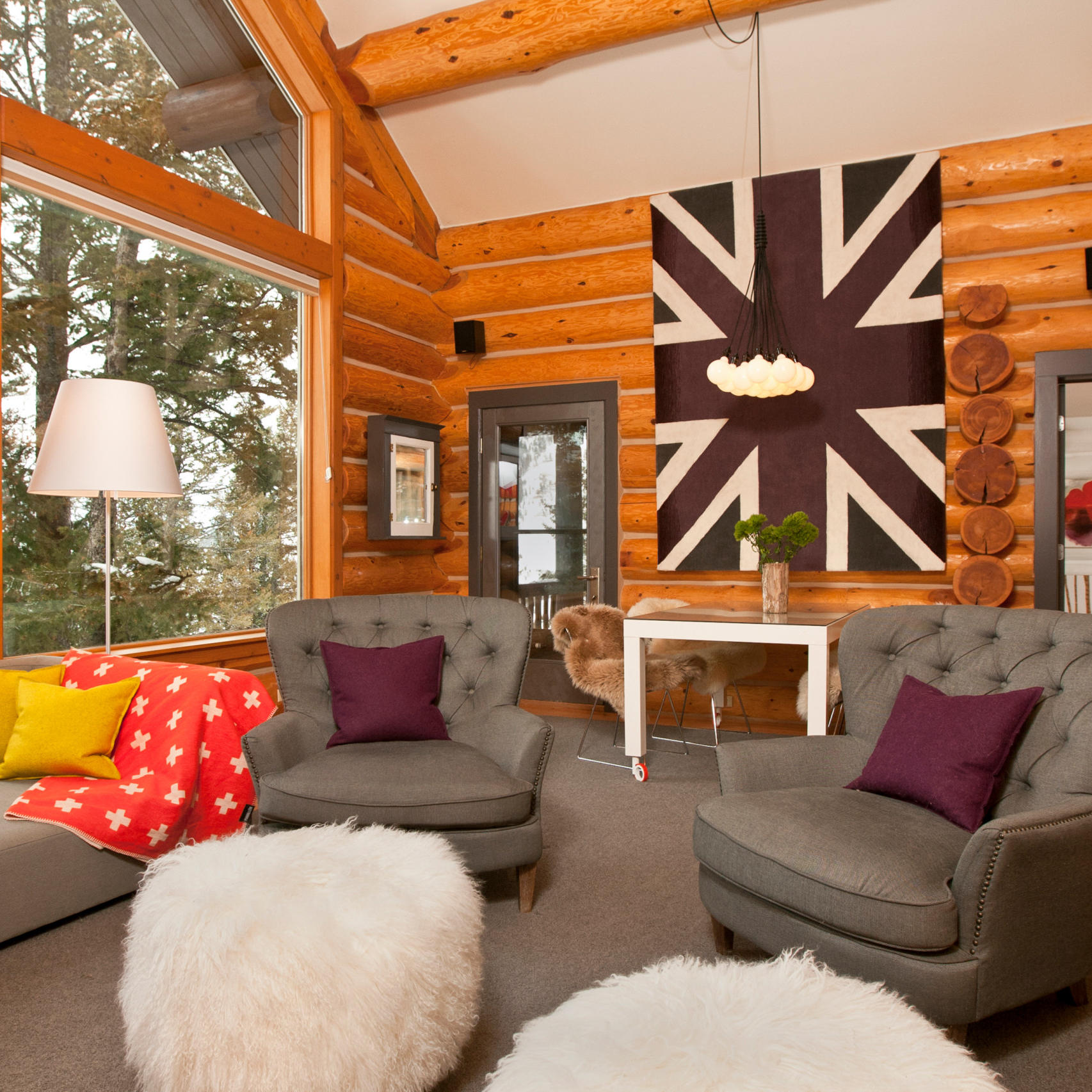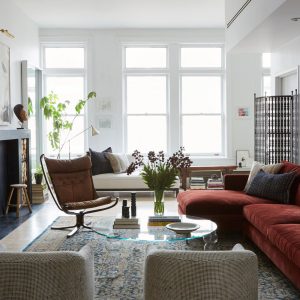Introduction:
Light is an essential element of our existence. It is what brings clarity, brightness, and warmth to our days. Without it, life would be a challenge. However, not all light is created equal. Some give off harsh, artificial beams that can cause us discomfort and harm, while others provide a gentle, natural, and soothing glow that gives us a sense of comfort and relaxation.
The Benefits of Natural Light:
Natural light is by far the most beneficial to our overall health and well-being. It has been proven to increase cognitive function, improve mood and sleep, and even reduce the incidence of certain diseases like Seasonal Affective Disorder (SAD). One of the main benefits of natural light is that it helps regulate our circadian rhythm or our internal clock, which affects our sleep patterns and overall health. When we are exposed to natural light during the day, our bodies produce more melatonin at night, which helps us sleep better.
Types of Artificial Light:
There are several types of artificial light sources that we are exposed to every day. Each has its own characteristics and can affect us differently. Examples include incandescent bulbs, fluorescent tubes, and LED lights. Incandescent bulbs emit a soft orange-yellow color and are often used for decorative purposes or to create a cozy atmosphere. They are, however, not energy-efficient and can be expensive to operate.
Fluorescent tubes, on the other hand, are often used in offices and commercial buildings. They emit a cool, white light that is bright and harsh. This type of light has been known to cause eye strain, headaches, and fatigue. Additionally, they contain mercury, which is hazardous to the environment and requires special disposal.
LED lights are becoming more common in households and businesses because of their energy efficiency and longer lifespan. They emit a bright, white light that is similar to daylight. They are versatile and can be used for a variety of purposes, from lighting up a room to highlighting artwork or a feature piece in a space.
Creating Brighter Spaces:
When it comes to creating brighter spaces, the right light is crucial. Natural light is always the best option, but not every space can benefit from it. Artificial light can be used to supplement natural light or to create an atmosphere in a room. When choosing artificial light sources, it is important to consider the mood you want to create and the function of the space.
For example, in a home office, you may want to use a combination of natural light and LED lights. This will provide a bright and energizing atmosphere that is conducive to productivity. In a bedroom, you may want to use dimmer switches and incandescent bulbs to create a cozy and relaxing environment.



